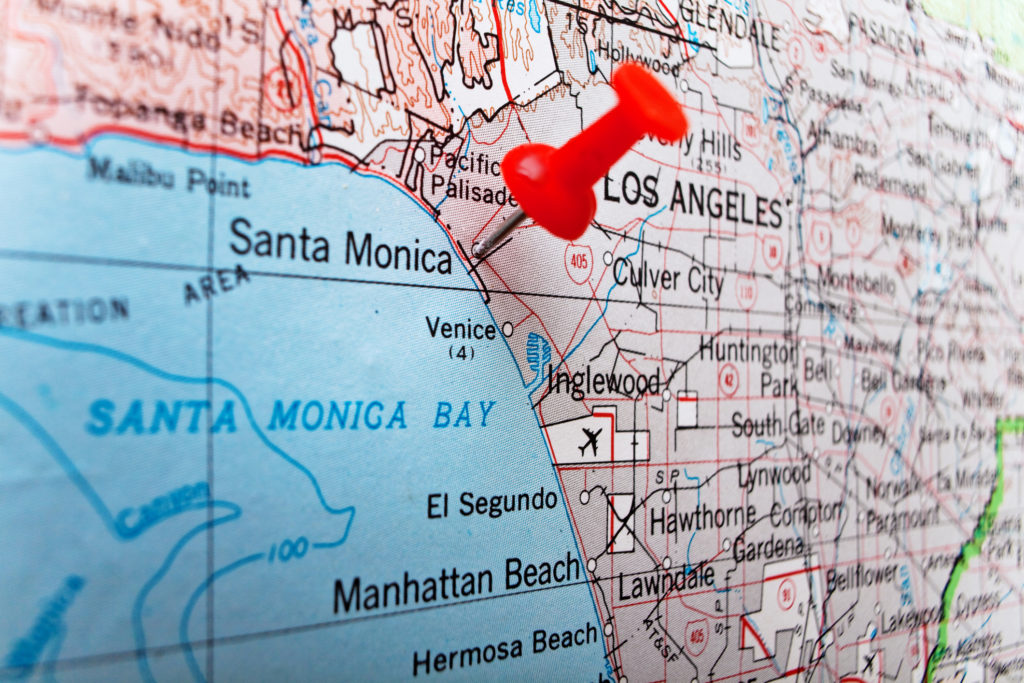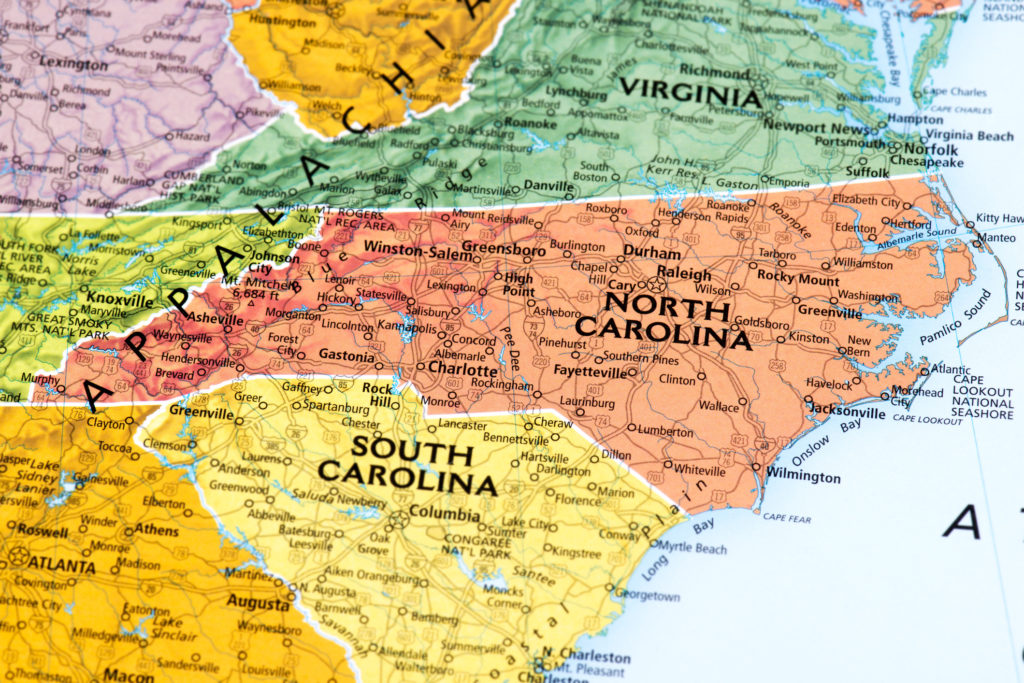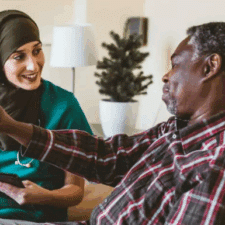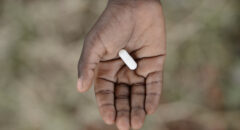
It seems like for the past few years, the only disease that has dominated the news and the one we talk about the most has been COVID.
But after a long, COVID-related delay, the Centers for Disease Control and Prevention (CDC) has finally released its latest Sexually Transmitted Disease (STD) Surveillance Report, and the numbers are disturbing. For the 6th consecutive year, the STD rate in the United States hit a record high.
Before we get to the full rankings, here are some interesting facts and trends that need to be called out:
- Chlamydia, gonorrhea, and syphilis top the list of most commonly reported new STD infections. Taken together, infections from these three reportable diseases increased almost 30% from 2015 to 2019.
- The South continues to be disproportionately represented among the hardest-hit cities. Of the Top 25, 17 are southern cities (or 19, if you use the Census Bureau’s definition to include Baltimore and the District of Columbia).
- Four of the Top 25 cities are located in Florida, which is a worrisome development for the Sunshine State.
- California and Texas tie for the state with the most cities in our rankings, at 14 apiece, though these are after all two of the largest states in our country. Alabama is next with six cities.
You should also know that based on CDC data, STD rates were:
- 5-8 times higher for African Americans or Black people than for non-Hispanic White people
- 3-5 times higher for American Indians, Native Alaskans, and Native Hawaiians than for non-Hispanic White people
- 1-2 times higher for Hispanic or Latino people than for non-Hispanic white people
How to Protect Yourself Against STDs
STDs are out there and looking at this list, they aren’t going anywhere. So how you individually and us as a community protect ourselves against STDs? Well, these simple tips provide sure-fire ways to do that:
Abstinence:
The only way to guarantee you won’t contract an STD through sexual contact is to abstain from all sexual activity.
Condoms:
Using condoms correctly and consistently can significantly reduce your risk of contracting most STDs, including HIV.
Limited Partners:
Having fewer sexual partners reduces your overall exposure to STDs.
Vaccination:
Vaccines are available for some STDs, like HPV, hepatitis A, and hepatitis B, which can help prevent infection.
Open Communication:
Talk to your partners about their STD status and testing history, and encourage them to get tested regularly.
Regular Testing:
Get tested regularly for STDs, especially if you have multiple partners or if you suspect you may have been exposed.
Safe Sex Practices:
Beyond condoms, other safe sex practices include using dental dams during oral sex, and ensuring that sex toys are cleaned thoroughly or covered with a condom before use by another partner.
Top 15 Cities With the Most STD cases:
15. Portland, OR
STI Cases / 100K Population
1,247
HIV Cases
166
Chlamydia Cases
9,997
Gonorrhea Cases
4,126
Syphilis Cases
664
RELATED: 10 Cities With The Highest HIV Rates
14. Columbia, SC
STI Cases / 100K Population
1,260
HIV Cases
116
Chlamydia Cases
6,212
Gonorrhea Cases
2,756
Syphilis Cases
171
13. Cleveland, OH
STI Cases / 100K Population
1,266
HIV Cases
165
Chlamydia Cases
11,524
Gonorrhea Cases
5,117
Syphilis Cases
403

12. Jackson, MS
STI Cases / 100K Population
1,273
HIV Cases
80
Chlamydia Cases
3,512
Gonorrhea Cases
1,885
Syphilis Cases
64
11. Mobil, AL
STI Cases / 100K Population
1,277
HIV Cases
103
Chlamydia Cases
3,949
Gonorrhea Cases
1,700
Syphilis Cases
188

10. Fayetteville, NC
STD Cases / 100K Population
2,255
HIV Cases
1,368
Chlamydia Cases
4,337
Gonorrhea Cases
1,741
Syphilis Cases
49
9. Knoxville, TN
STD Cases / 100K Population
2,314
HIV Cases
960
Chlamydia Cases
3,710
Gonorrhea Cases
1,626
Syphilis Cases
34
8. St. Louis, MO
STI Cases / 100K Population
1,314
HIV Cases
280
Chlamydia Cases
16,482
Gonorrhea Cases
7,857
Syphilis Cases
550
7. New York, NY
STD Cases / 100K Population
2,544
HIV Cases
97,206
Chlamydia Cases
74,014
Gonorrhea Cases
28,394
Syphilis Cases
1,952
6. Augusta, GA
STD Cases / 100K Population
2,596
HIV Cases
1,400
Chlamydia Cases
2,636
Gonorrhea Cases
1,100
Syphilis Cases
97
5. Washington, DC
STD Cases / 100K Population
2,771
HIV Cases
62
Chlamydia Cases
17,589
Gonorrhea Cases
2,236
Syphilis Cases
865
4. Philadelphia, PA
STD Cases / 100K Population
2,827
HIV Cases
16,917
Chlamydia Cases
20,354
Gonorrhea Cases
7,043
Syphilis Cases
470
3. Montgomery, AL
STI Cases / 100K Population
1,446
HIV Cases
97
Chlamydia Cases
3,363
Gonorrhea Cases
1,771
Syphilis Cases
204
2. Baltimore, MD
STD Cases / 100K Population
3,707
HIV Cases
9,441
Chlamydia Cases
8,602
Gonorrhea Cases
3,982
Syphilis Cases
312
And the number one STD-infested state is…
1. Detroit, MI
STI Cases / 100K Population
1,491
HIV Cases
386
Chlamydia Cases
20,830
Gonorrhea Cases
7,983
Syphilis Cases
628
What Does this List Mean for the Black Community?
Across racial groups, young people and men who have sex with men (MSM) contend with higher STI rates. A staggering 48% of the total cases of chlamydia, gonorrhea, and primary and secondary syphilis occurred among young people ages 15-24.
But social and racial disparities persist; the STI burden within our cities continues to hit minority racial and ethnic groups the hardest. When comparing infection rates of White people to those of some minority racial and ethnic groups, the CDC data shows dramatic disparities.
Non-Hispanic Black people make up 12.6% of the U.S. population but suffer 32.4% of the cases of chlamydia, gonorrhea, and primary and secondary syphilis.
The rate of chlamydia infection in the Native Hawaiian / Pacific Islander racial group, according to the latest Census data, is over three times higher than that among White people.
The rate of gonorrhea infections among Black / African American males is over eight times the rate among White males.
The rate of congenital syphilis infections within the Hispanic/Latino population is more than double that of White people, and the infection rate among non-Hispanic Black people is higher still — nearly four times higher than the rate among White people.
American Indian / Alaska Native populations face congenital syphilis rates nearly twelve times higher than those of the White population in our country.
Health leaders stress that differences in sexual behavior aren’t the explanation for these differences in rates of infection. What can spell the difference between life and death, or illness and health, are timely testing and treatment — but it has to be both. Nearly 90% of newborn syphilis cases are preventable through testing and treatment during pregnancy.
Barriers to timely testing and treatment include lack of health insurance; poverty and housing issues; substance use disorder; and lack of sufficient public health infrastructure. All of these factors continue to affect minority racial and ethnic groups disproportionately.








